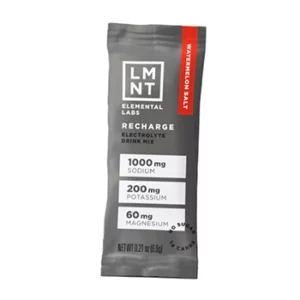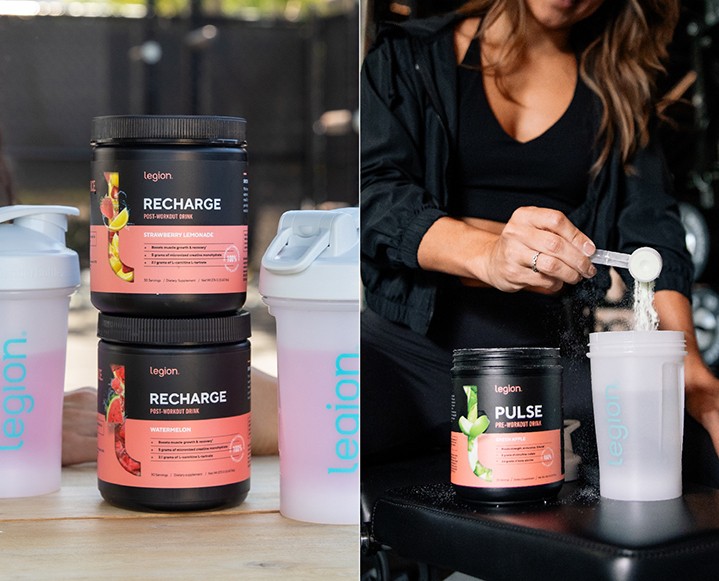In his bestselling book The Plant Paradox, renowned cardiologist Dr. Steven Gundry introduced us to the lectin-free way of life. We – like everyone else who read it – were floored to find out that some of the most benign-seeming foods could be contributing to some of the most persistent illnesses of our day. Going lectin-free became an overnight phenomenon, and, just as quickly, a source of major confusion.
The Plant Paradox Cookbook is Dr. Gundry’s response to the rampant “well, what can we actually eat” questions from his readers. Featuring over one-hundred recipes, the brand new cookbook breaks down lectin-free eating and offers cooking hacks for making high-lectin foods safe to eat. Lectin-free or no, we love this genius recipe for cheese bread sans the bread…
There’s a tiny neighborhood pizza place in Los Angeles that serves the most addictive pão de queijo — a super-flavorful Brazilian cheesy bread that fits the Plant Paradox program perfectly. If you’ve ever made cream puffs, this twice-cooked dough technique may be already familiar to you. It takes a little bit of extra time, but the results are worth it!
Brazilian Cheesy Bread
Makes 24 2-inch rolls
Ingredients:
1 cup goat’s milk, casein A2 milk, or unsweetened coconut milk
½ cup avocado oil
1 tsp iodized sea salt
10 oz (about 2 cups) cassava flour
2 large omega-3 or pastured eggs or VeganEggs
1 to 1½ cups grated Parmigiano-Reggiano cheese or 1 cup nutritional yeast
Directions:
Arrange two racks in your oven so they’re evenly spaced, and preheat the oven to 450°F.
Line two baking sheets with parchment paper or silicone baking mats.
Place the milk, oil and salt in a medium saucepan. Bring to a simmer over medium heat, stirring occasionally. Remove from heat when big bubbles start to form.
Add the cassava flour to the saucepan and stir with a wooden spoon until mixture is well combined. A gelatinous dough will begin to form.
Transfer the dough into the bowl of a stand mixer fitted with the paddle attachment. Beat the dough for a few minutes at medium speed until it appears smooth and is cool enough that you can touch it comfortably.*
Keeping the mixer on medium speed, beat the eggs into the cooled mixture one at a time. Wait until the first egg is fully incorporated before adding the second. Scrape down sides of the bowl regularly to ensure consistent mixing.
If using cheese, beat it in on medium speed. You’ll end up with a stretchy, sticky dough that’s softer than a cookie dough, but stiffer than a cake batter.
Scoop the dough with a small ice cream scoop and place on the baking sheets, spacing them evenly (you should have about 12 per sheet). Dip scoop in a bowl of water between scoops to keep dough from sticking.
Place the baking sheets in the oven and reduce heat to 350°F. Bake for 15 minutes, then rotate the baking sheets.
Bake for an additional 10 to 15 minutes until bread is golden. Remove from oven and cool for a few minutes before serving.
* If you don’t have a stand mixer like a KitchenAid, that’s okay. You can beat this dough by hand, but be prepared for a workout — 10 to 15 minutes of vigorous beating, at least.

















